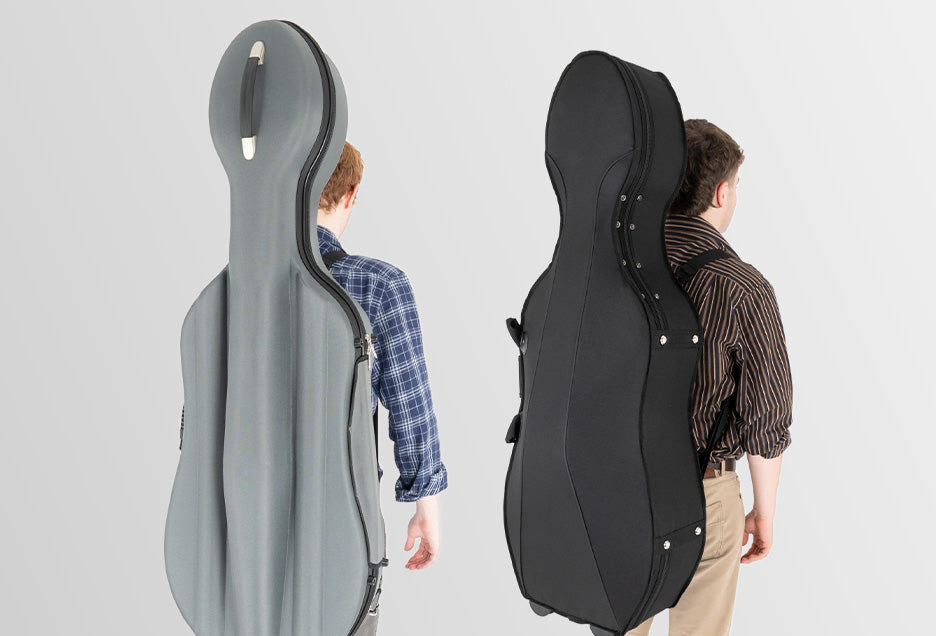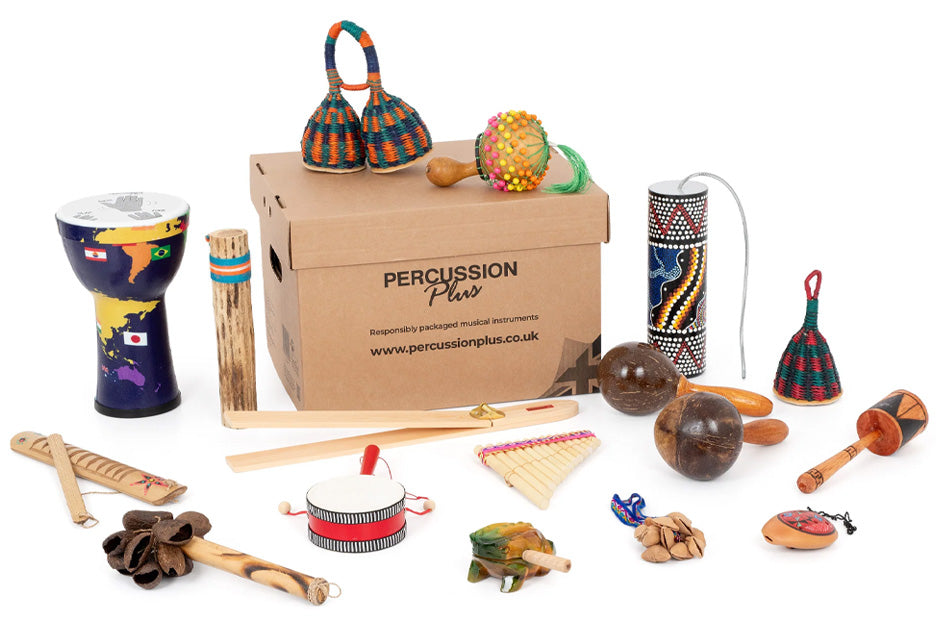Music education has long been heralded for its ability to foster creativity and emotional expression in children. However, an often-overlooked aspect of musical learning is the role percussion instruments play in early childhood development. From tambourines to hand drums, maracas to xylophones, percussion instruments offer unique benefits that go beyond the joy of rhythm. Experts are increasingly recognizing the crucial role percussion can play in cognitive, physical, and social development in young learners.
Cognitive benefits - building brain connections through rhythm
Recent studies have highlighted how percussion activities stimulate brain function, particularly in areas related to coordination, memory, and problem-solving. When children engage with rhythm, whether by tapping, drumming, or shaking instruments, they activate both hemispheres of the brain. This engagement strengthens neural pathways and improves executive functions, such as attention, decision-making, and planning.
“Rhythm is a powerful tool for learning,” says Dr. Amy Hayes, a child development specialist. “When children are exposed to percussion early on, they’re not just learning to play an instrument; they’re also building cognitive skills that will support their academic success later in life.”
In fact, research suggests that music education, particularly rhythm exercises, can improve a child’s ability to process language and even enhance reading and math skills. Studies have shown that children who participate in music programs tend to score higher in areas like verbal memory and spatial-temporal reasoning.
NINO Percussion - early musical education
Learning an instrument means learning for life. Making music in preschool, reception, or at home at an early age, makes it easier for children to learn a new instrument later. NINO Percussion gives children the possibility to make their first contact with musical instruments, starting at an just three years old. Chamberlain Music offers a range of NINO instruments, including cajons, shakers, kalimbas and mixed class rhythm sets.
Why Cajons?
Cajons, are an excellent sensory tool, connecting the music throughout the player’s entire body and providing that signature ‘booming’ feel when struck. They are also very simple to play, with little room for technical progression, but minimal chances for mistakes or misinterpretations either. This means that lessons can focus more on rhythm and togetherness, which is fantastic for early years music education.
Cajons’ space efficiency gives them an extra practical advantage in the classroom. The player sits on top of the cajon whilst hitting the front panel to make a sound, meaning you can easily get a whole class playing together, even in a relatively small room. NINO’s stackable cajons are an extra bonus in this respect, making storage even simpler!
NINO offers many different cajons, including standard junior and stackable models, as well as a fun ‘make your own’ kit! Group options are also available, including this clever deluxe classroom set which lifts the drums up to optimal height for upright playing.
Mixed class set advantages
NINO’s mixed class sets have a range of instruments to choose from, designed to help teach a group of young musicians about percussion. A mixed rhythm instrument set is a fantastic addition to any primary school music classroom, offering young learners an exciting hands-on introduction to percussion. With a variety of instruments like egg shakers, maracas, claves, and hand drums, children can explore different sounds, textures, and rhythms in an engaging and interactive way. These simple yet effective instruments help develop a strong sense of timing, coordination, and listening skills, all while making music fun and accessible. The mix of wooden, metal, and hand-held percussion pieces provides a rich sensory experience, encouraging creativity and self-expression in a group setting.
Using a rhythm set in the classroom allows for dynamic, collaborative learning activities. Teachers can introduce students to call-and-response games, rhythm patterns, and ensemble playing, helping them understand fundamental musical concepts like tempo and dynamics, as well as figuring out how to work independently, whilst still being part of a group; this fosters teamwork, as students learn to play together, listen to one another, and contribute to a shared musical experience.
Sets of 16 and 24 are supplied with a bag, and this set of 12 comes in a smart wooden box.
Smaller instruments for fine motor skills
Many of NINO’s instruments can help improve fine motor skills in young pupils. A particularly good example is the kalimba. Small and intricate, these are brilliant for stimulating dexterity as the player is encouraged to use different fingers for different notes.
The Shake n Play game is another clever idea, a sound-based memory game which helps children develop skills in both memory and ear training:
The Wah-Wah tube introduces the idea of ‘stopping’ sound, and even gives a basic demonstration of how frequency and size to pitch:
About NINO® Percussion
NINO Percussion is a brand of the Meinl Company, which is a family-owned manufacturer and distributor of musical instruments based in Gutenstetten, Germany.
NINO Percussion offers a wide range of instruments focused on early musical education. The easy handling and an appealing design are standard for all NINO instruments. They are noteworthy due to their professional features, the great sound and their outstanding quality. The strong, childproof workmanship guarantees years of trouble-free use of all NINO® instruments.
Reducing our carbon footprint
The world is facing numerous challenges, including climate change, the exploitation of natural resources, and environmental pollution. These worldwide problems necessitate a reassessment and resolute measures. As a company, we consider it as our duty to promote environmental awareness and minimize our ecological footprint to leave a sustainable world for future generations.
During the sunny months, we can already cover more than half of our energy needs through our own photovoltaic systems, thereby largely reducing our reliance on grid electricity. To ensure optimal energy supply, we also rely on eco-friendly power, making a contribution to reducing greenhouse gas emissions.
Green energy is exclusively generated from renewable sources such as sun, wind, water, and biomass.








